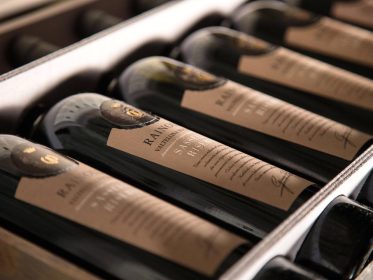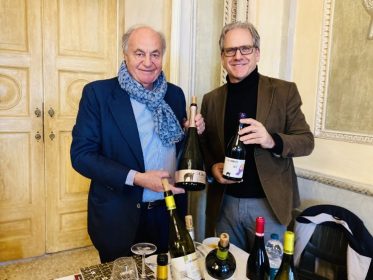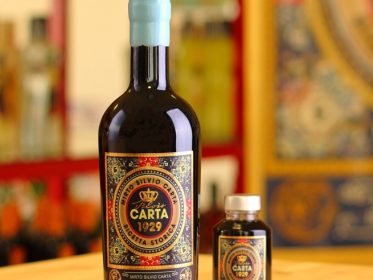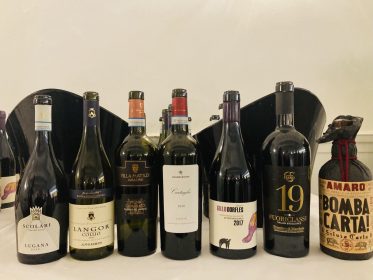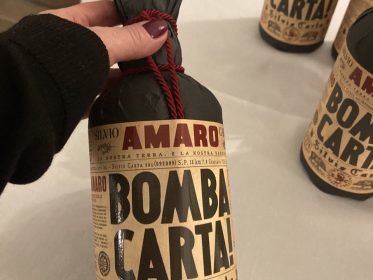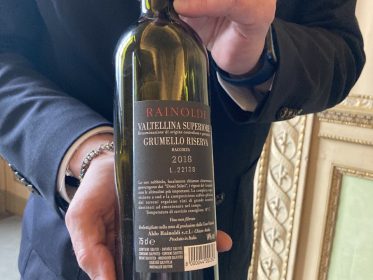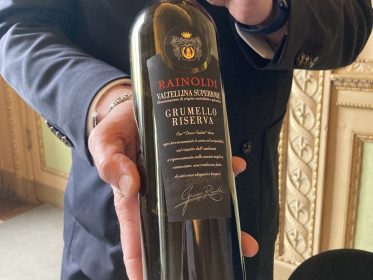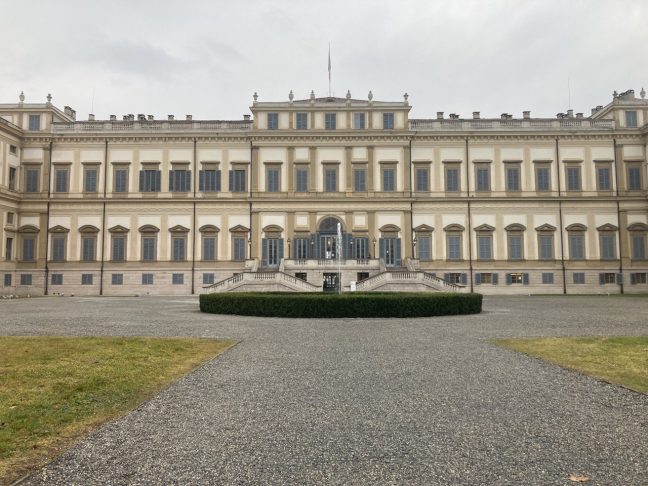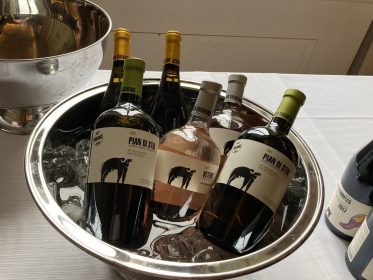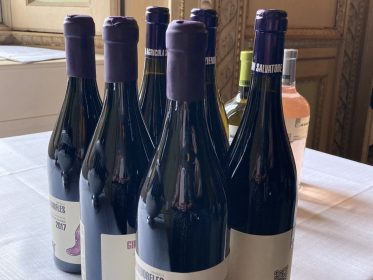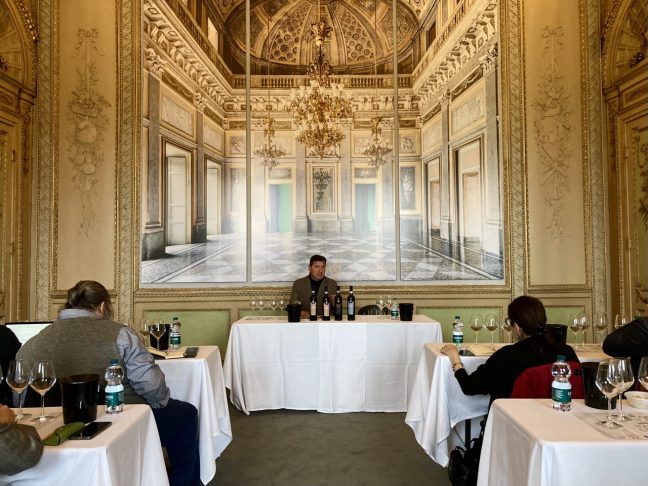Tasting notes with a business touch: fresh from the Italian Taste Summit 2024. Episode 1
Author Victoria Makarova
On March 6-7 Villa Reale di Monza (Monza. Italy) was hosting the eighth edition of the Italian Taste Summit, a major B2B event attended by 200 participants including Italian winemakers, international buyers and importers, journalists and influencers from around the globe. Italian Taste Summit offers its participants a special format of pre-arranged face-to-face meetings between winemakers and buyers, as well as a busy schedule of master classes and commented tastings. Victoria Makarova shares her impressions of the event.
The magnificent Villa Reale di Monza was a perfect spot to host an intensely scheduled Italian Taste Summit 2024, adding some truly baroque charm to the business-like atmosphere of the event. The summit was pre-opened by a gala dinner which consisted of a somewhat unexpected set of “Italian fusion” courses accompanied by fine wines presented by the winemakers themselves.
The B2B sessions of day 1 and 2 reminded somewhat of a speed dating: each participant was given an individual schedule of face-to-face meetings, each lasting up to 30 minutes, during which the wines were tasted, viticultural and technological aspects described, and delivery terms discussed.
During the first day of the summit journalists, influencers and some buyers were welcome to attend commented tastings held by the winemakers and winery representatives. It was a wonderful opportunity to practice their Italian for those who spoke or at least understood the language (me, not much); however, further personal contacts with the speakers worked fine in English, giving me a chance to collect some more facts about the wineries and wines which I found particularly interesting.
The selection of exhibitors from various regions of Italy was really good, bringing some fascinating discoveries for those looking for new labels and tastes.
Here’s the full exhibitors’ list:
- San Salvatore 1988 (Campania)
- Mandarossa (Sicily)
- Settesoli (Sicily)
- Cantine Scolari (Lombardia)
- Marchesi de Cordano (Abruzzo)
- Erario (Apulia)
- Villa Matilde (Campania)
- Eleva (Veneto)
- Maeli e Ardenghi (Veneto)
- Consignani le Tempo (Marche)
- Ronco del Gelso (Friuli)
- Di Ruscio (Marche)
- Cassina e Vite in Rosa (Piedmont, Veneto)
- Cascina Chicco (Piedmont)
- Ceasar Net
- Antica Hirpinia (Campania)
- Villa Sant‘Anna (Toscana)
- Centanni (Marche)
- Angoris (Friuli)
- Silvio Carta (Sardegna)
- Aldo Rainoldi (Lombardia)
- Murola (Marche)
- Stefania Pepe (Abruzzo)
- Tenute del Garda (Lombardia)
- Castorani (Abruzzo)
- Essenza di Puglia (Apulia)
- Pieralisi Monte Schiavo (Marche)
- Franco Mondo (Piedmont)
- Castellari Bergaglio (Piedmont)
- Tenuta di Tavignano (Marche)
- Ricchi (Lombardia)
- Fondo Antico (Sicilia)
- Tenuta Tre Gemme (Abruzzo)
- Massimago (Valpolicella)
- Masseria Cuturi (Apulia)
- Provveditore (Toscana)
- Vignamaggio (Toscana)
- Ca‘ di Rajo (Veneto)
- Freschi e Bufano Wine Merchants (Switzerland, Italy)
- Italian Wines Selection (Italy).
Out of approximately 40 participants I‘d like to briefly mention a few, even though each and every one of the exhibitors was absolutely worth attention.
The absolute favourite of mine, and not only mine, was Azienda Agricola San Salvatore 1988, a winery based in the province of Salerno, southern Campania. Pian di Stio, a juicy and fruity organic Pian di Stio Fiano Paestum IGP Biologico 2022 with a pronounced mineral finish that comes from small selected parcels of the Stio vineyard at 650 meters above sea, was my beau among their whites (manual harvest from the vineyards growing on calcareous-clayey soils producing excellent excellent grapes, cryo-maceration for 6 hours, 6 months on the lees in steel tanks before bottling).
Among the reds, San Salvatore 1988 Aglianico Gillo Dorfles IGP 2017 (the wine’s name is dedicated to an artist), was boasting aromas of red cherry, fig, roses and dried rosemary, while being spicy and suede on the palate with chewy tannins and a lengthy vivid finish.
Presented by the charismatic and passionate Giuseppe Pagano, the owner of the winery, these wines, as well as several other whites, reds, rose and sparklings made by metodo classico, were a magnet both for the media and entrepreneurs.
Casa Vinicola Aldo Rainoldi was founded in 1925 in the fascinating territory of Valtellina, Lombardia, and is run by the Rainoldi family. Their and savoury Nebbiolos demonstrated excellent ageing potential and a strong terroir character.
Rainoldi Grumello Riserva 2018 Valtellina Superiore DOCG, 100% Nebbiolo, which is probably a bit too young to drink, definitely comes from a good vintage. The wine spent 18 months in small oak barrels and was aging in a dark and cool cellar for at least 2 years before the release. Nose: dark cherry, violets, liquorice. Palate: full-bodied, juicy, powerful, dark fruits with a rich and persistent finish.
Aldo Rainoldi, the winemaker (and the grandson of the founder, also Aldo Rainoldi) who was presenting his reds, told the stories of the terroir. The Grumello wine was named after the 13th century Castello di Grumello, one of the four crulages of the Valtellina, where the grapes grow on the steep, cross-terraced vineyards at the foothills of the Alps. This particular plot is located near Sondrio at 350 to 600m above sea level and is characterized by the typical deep clay and sandy soils.
Maison Silvio Carta, a family-owned winery and distillery from sunny Sardinia, attracted my attention by an amazingly fresh, herbal and bright Amaro Bomba Carta! that was served to the guests of the gala-dinner, presented by Nino Mason Carta, the company‘s export manager and member of the Carta family. This original Sardinian Amaro demonstrates the unusual combination of strawberry tree honey and wild herbs. Even though the product is pretty new, it has already won several Italian and international tasting awards, including gold from Concours Mondial de Bruxelles. Nose: pretty powerful, very Mediterranean in character, with distinctive notes of rosemary and thyme and orange peel, accompanied by sweet notes of strawberry tree honey. Palate: fresh, citrusy, bitter and herbal. This Amaro is good on the rocks with a slice of orange.
The winery and distillery was founded in the early 1950s, focusing on the production of wine with the authentic Vernaccia di Oristano variety (DOC), which still remains a family matter and is a signature for Sardinian oenology. However, the company is also famous for its Mediterranean liqueurs, Vermouth and distillery products. During the express-tasting arranged for me by Nino, I was particularly impressed by Mirto Ricetta Storica, an award-winning liqueur with Sardinian myrtle. It felt almost like sipping in the aromas offered generously by Sardinia’s unique terroirs. Nose: rich and complex, with intense notes of myrtle, aromatic Mediterranean herbs, bay leaf, accompanied by sage and red plum jam. Palate: rich and elegant, bitter-sweet, with a herbal and myrtle finish.
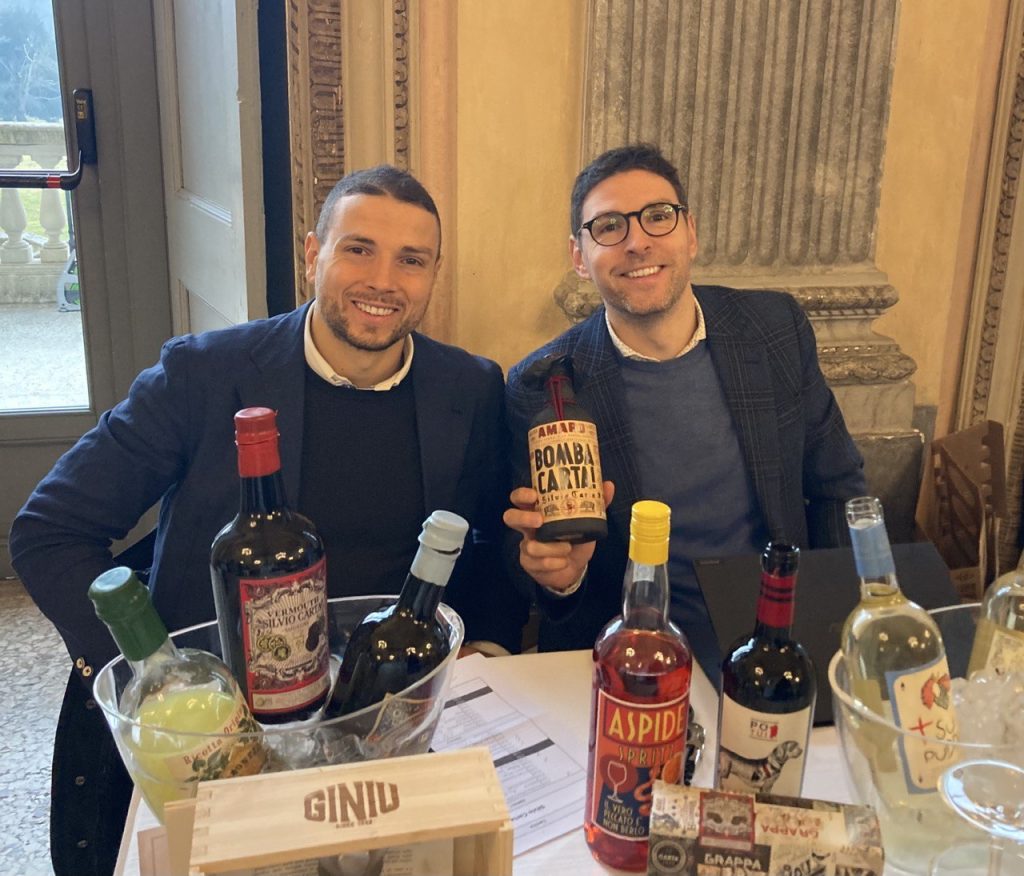
More stories of the wineries and wines showcased at the Italian Taste Summit are coming soon. In the meantime, if you are planning to visit la bella Italia some time soon, keep in mind that all the wineries mentioned in this article gladly welcome wine experts, wine lovers and wine travelers from around the globe. The wine always tastes best where it‘s made. Plan your trips and enjoy!
